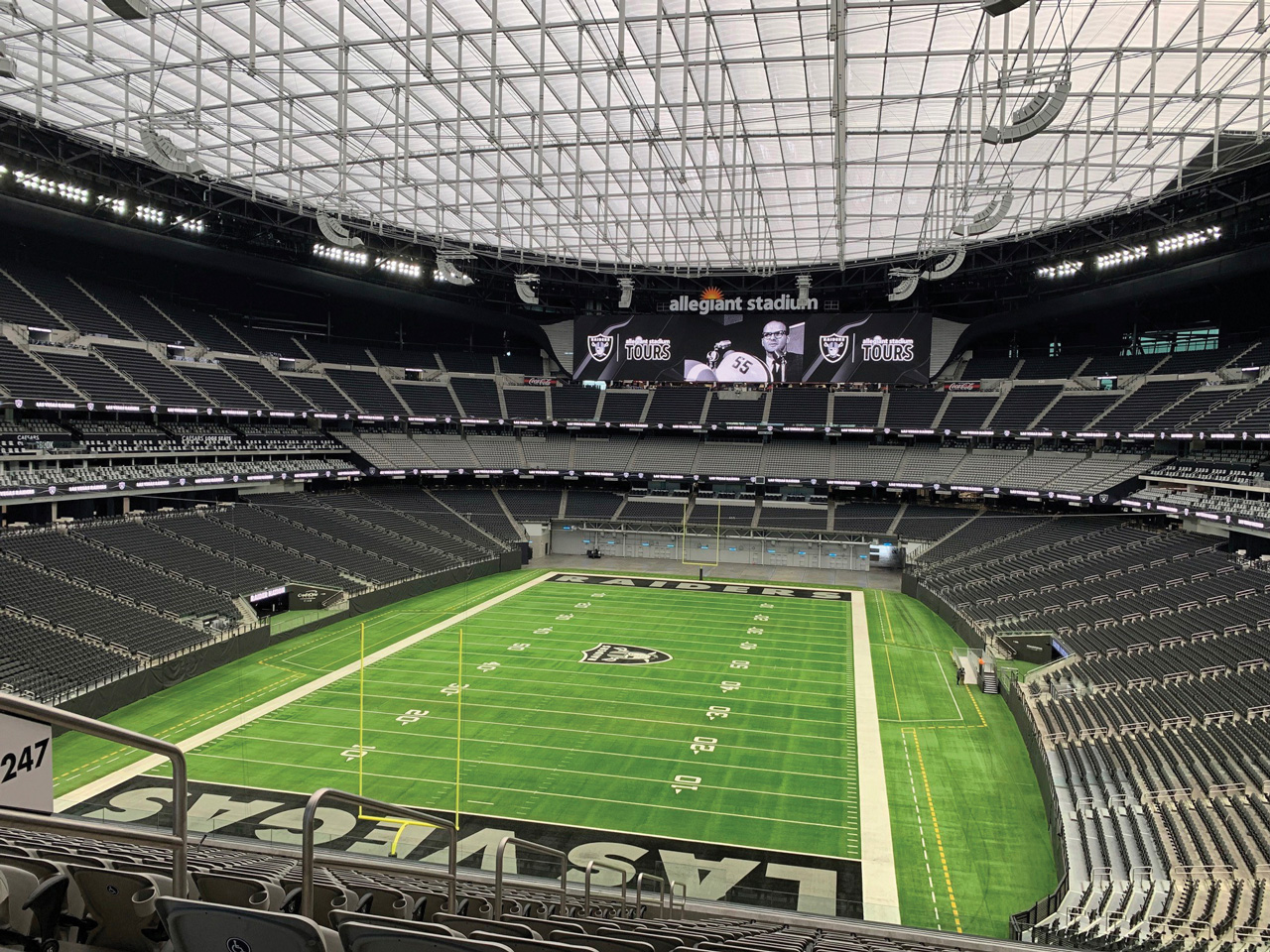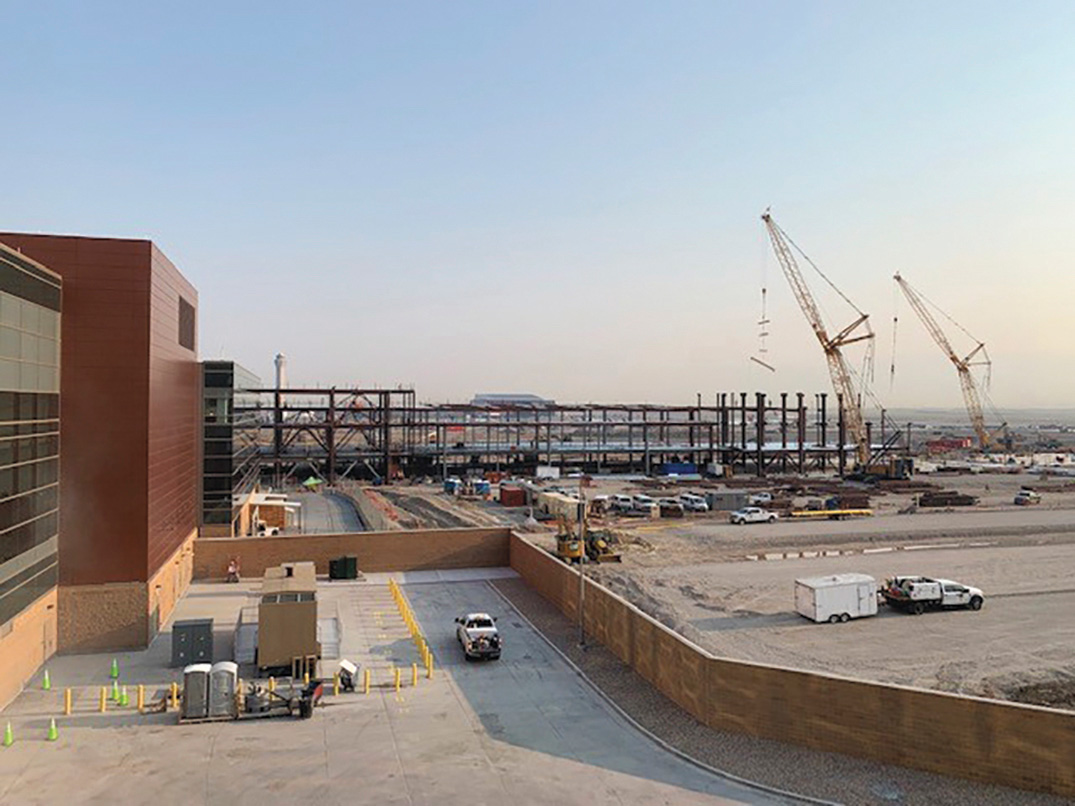The key is not too much of a good thing.
Designing structures that resist failure due to seismic activity safeguards occupants from injury and reduces the need to rebuild after an earthquake, which can decrease the total embodied carbon a site represents. As such, seismically resilient structures contribute to sustainable construction practices by reducing the environmental strain caused by material production, transportation, and construction.
Concrete can provide considerable strength to structures and, if reinforced properly, can withstand seismic activity to some degree. But, in seismic design, too much of a good thing can be detrimental. For concrete, its strength can contribute to its brittleness. Brittle structures often perform more poorly during seismic activity when compared to more ductile ones.
There are many ways to offset concrete’s tendency toward brittleness—from steel reinforcement to adding fibers to the concrete mix. However, these options only address one aspect of seismic design. Despite tending to be more brittle than normal weight concrete (NWC), structural lightweight concrete (SLC) can contribute more seismic resilience to structures because it has a lower density, which reduces dead loads. Further, SLC can lower the material requirements of foundation and support systems without compromising strength. And while SLC made with expanded shale, clay, or slate (ESCS) initially costs more than NWC (with exact cost differences depending on a site’s distance from a ESCS production plant), it can reduce costs across the entire structure for significant net savings. This is true even if the material needs to be shipped from distant production sites.
As such, SLC contributes to a structure’s seismic resilience and sustainability. With this in mind, engineers specifying SLC made with ESCS can mitigate concerns about brittleness while supporting other forms of seismic resilience—including lower densities. It is important to note that SLC mixes can be adjusted within limits to achieve a desired ratio of strength to total weight for a structure.

as offers a UL 2-hour fire rating.
Lower Density with Comparable Strength
Perhaps the primary reason for using SLC in seismically conscious design is to reduce the dead load, which allows for smaller beams, columns, and footings. These reductions weaken earthquake forces acting on a structure resulting in improved seismic resistance.
For example, the Benicia-Martinez Bridge, a lifeline roadway in the San Francisco Bay Area, is located three miles west of the Green Valley Fault. Therefore, it needed to be engineered to resist failure due to earthquakes. The U.S. Coast Guard required increasing the original span lengths across the navigational channel from 525 feet to approximately 660 feet. This change, combined with the seismic challenges, pushed the limits for cast-in-place balanced cantilever construction in a high seismic risk zone. After testing more than 30 lightweight concrete mixtures, the engineers specified an SLC with a density range of 120 – 125 pounds per cubic foot (pcf)—15 percent less than NWC. It also has a minimum modulus of elasticity of 3.4 x106 psi at 28 days. The choice of lightweight, high-performance concrete was the key to achieving these span lengths. Reduced superstructure dead loads mitigated the force the structure would exert on piles, footings, and piers in a seismic event.
The benefits of reduced density extend beyond bridge construction. As evidenced in a recent Salt Lake City Airport expansion, SLC at 110 pcf reduced dead loads to account for poor soil conditions and as a precaution for seismic activity. Likewise, Allegiant Stadium in Las Vegas, Nev., utilized concrete 25 – 35 percent lighter than NWC to improve seismic resilience. The reduced mass of both projects abates the movement the structures experience during an earthquake.

Resilience and Sustainability
Regardless of seismic design requirements, SLC reduces foundation and dead loads, which results in fewer piles, smaller footings, less reinforcing, and smaller supporting members. When considering a structure as a whole, using SLC promotes structurally sound projects requiring less building material quantities. Further, due to SLC’s improved insulative qualities, floor slabs can be made thinner while still meeting fire code requirements and offering comparable or improved thermal conductivity for energy-efficient structures. In addition, the reduced modulus of elasticity and reduced coefficient of thermal expansion of SLC, and the internal curing water provided by ESCS aggregate in SLC, all contribute to reduced concrete cracking, which is important for concrete durability and especially important for durable bridge decks.
These qualities can both offset the initially high environmental impact of producing SLC from ESCS and even reduce the overall carbon footprint of an entire building. In addition, the material’s sustainability benefits are increased when earthquake reconstruction costs are considered.
Rather than rebuilding a complete structure or executing considerable repairs, professionals can reduce the material and energy that a site would otherwise need by engineering seismically resilient structures that resist failure. Likewise, reducing the risk of failure during seismic activity can mitigate the chances of environmentally hazardous materials being released into the atmosphere. Finally, seismically resilient buildings help cities avoid overburdening landfills with potentially harmful debris by sidelining the need to demolish and rebuild.

All of these benefits contribute to structures that enhance the return on investment economically (through their long-term durability) and improve the sustainability of a project (by decreasing total life-cycle energy and material requirements through resiliency). Therefore, specifying SLC made from ESCS lightweight aggregate, a readily available material, can help improve the seismic resilience of a structure and, by extension, reduce its impact on the environment.■
References
Swamy Nadh, Vandanapu & Muthumani, Krishnamurthy. (2018). “Seismic Performance of Lightweight Concrete Structures.” Advances in Civil Engineering. Houston, TX, USA.
